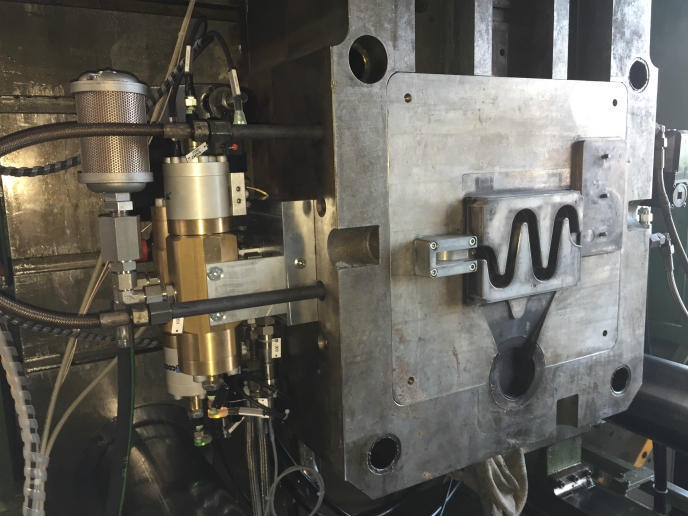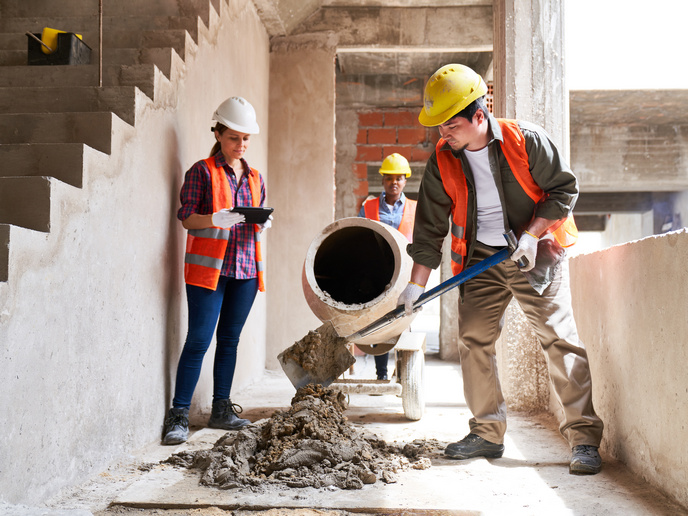Breaking the mould of light metal part production
Lightweight design concepts are at the heart of the upcoming electric vehicle revolution. Forcing molten metals into a mould at high speed and pressure – high-pressure die casting – provides manufacturers with the flexibility to create complex components. Besides being lightweight, these are also strong and tolerant. The considerable increase in the use of light metal castings such as aluminium or magnesium presents a growth opportunity for the relevant industries. The EU-funded MAGIT project provided the necessary solution for this structural change. Researchers implemented a versatile alternative to more traditional injection moulding techniques called gas-assist injection moulding. “The steadily increasing demand for die casting of light materials, faster cycle times and lower production costs makes gas-assist injection technology a special process with enormous potential,” notes Marcel Op de Laak, managing director of TiK-Technologie in Kunststoff GmbH(opens in new window). Gas injection making its mark on metals Utilising high-pressure air to displace and push material in mould cavities, gas injection is an innovative method that was originally used in plastic processing to produce parts with hollow sections. With proven success in one field, project partners capitalised on the potential of this process for die casting. “Our new gas injection technology called MAGIT allows the manufacture of high-pressure die-casting parts with a hollow section inside without putting any cores inside,” notes Op de Laak. The technology makes it possible to inject gas into an aluminium or a magnesium part by pushing out the still molten mix into a spill-over cavity. Importantly, the manufacturing of complex hollow parts does not require additional upstream and downstream processes, an option which is not offered in conventional injection moulding where lost cores are used. Furthermore, the technology does not cause any sink marks and voids or any dimensional distortion, thereby allowing new levels of freedom in the design of thick-walled, hollow components. Enhanced design This innovative gas injection system design consists of four main components, and appears to be on track to deliver superior performance and high compression. This repeatable and reproducible process is suitable for industrial applications. In particular, the core element of the system, the compressor, contains all relevant systems for control, gas and hydraulic pressure. The accumulator next to the mould shortens the routes to the die module, while the latter takes charge of the gas supply, hydraulics and the cooling water line. All these modules can be mounted on a conventional die casting machine without any modification except from providing an interface of some machine signals. Furthermore, an injection module processes the gas directly to the injector. Gas injection is triggered by a signal provided by two metal front contact sensors in the die’s gate area. Additional die sensors are used for monitoring and evaluating the injection process. Through a tablet, the operator can control and monitor the actual injection process in real time. Die casting is an efficient and economical process, offering a broad range of component parts that are strong, light and have long service life for the automotive industry as well as other applications. “The MAGIT system can be used in all ranges of aluminium and magnesium parts that have thick sections and reduce their weight. The hollow section could also be also used as a media duct,” concludes Op de Laak.







